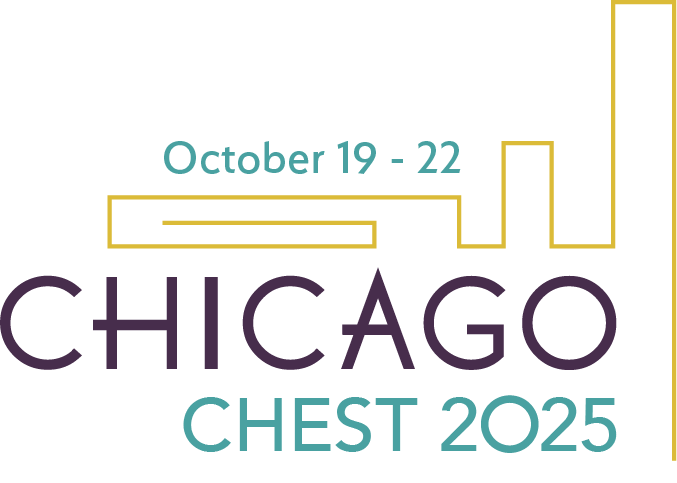
Results from the phase 4 VESTIGE trial found that dupilumab reduced airway inflammation and mucus plugging to improve airway volume and flow compared with placebo in patients with type 2 asthma. Investigators used imaging technology as well as the more familiar fractional exhaled nitric oxide (FeNO) to assess disease burden, monitor progression, and evaluate therapeutic responses.
“VESTIGE was one of the first studies to show that you can actually reverse the disease process in asthma,” said lead author Mario Castro, MD, MPH, FCCP, L.E. Phillips and Lenora Carr Phillips Professor in Pulmonary, Critical Care, and Sleep Medicine and Chief of Pulmonary, Critical Care, and Sleep Medicine at the University of Kansas Medical Center, Kansas City. “You can reverse the thickening of the airway walls; you can reverse the mucus plugging that is occurring in the airways. If you reverse the trapping of air that happens distally, you can improve lung function substantially.”
Most asthma agents, including biologics, are designed and approved based on their success in improving lung function and asthma symptom control such as acute exacerbations, not on their ability to modify the natural history of asthma, Dr. Castro said. VESTIGE, like the earlier CASCADE trial of tezepelumab, used multidetector CT imaging to identify mucus plugs and assess airway status to gauge changes in disease burden and progression rather than focus on symptom control.
A total of 109 patients at 72 centers across 14 countries were randomized to dupilumab 300 mg every two weeks (72 patients) or equal volume placebo (39 patients). All of the patients had physician-diagnosed, uncontrolled moderate to severe type 2 asthma and were using medium- to high-dose inhaled corticosteroids and other controller medications.
The primary end points included the proportion of patients with a FeNO concentration below 25 ppb and the percentage change in airway volumes at total lung capacity after 24 weeks of treatment. Secondary end points included airway resistance at total lung capacity and change in mucus plug score.
At week 24, 57% of patients in the dupilumab arm had a FeNO concentration below 25 ppb vs 11% of patients in the placebo arm, an odds ratio of 9.8 (95% CI, 3.1-30.8; P < .001).
Patients taking dupilumab also had numerical improvements in airway volume at total lung capacity, a 19.7% increase for dupilumab vs -2.0% for placebo, a 21.8% improvement for dupilumab (95% CI, -7.7 to 51.3; P = .14). Resistance at total lung capacity was 21.76 vs -53.45 (P = 0.18) for dupilumab and placebo, respectively.
Patients in the dupilumab arm also had significant reductions in mucus plug scores vs placebo, -4.92 (P < .001).
Adverse events occurred in 15% in the dupilumab arm and 11% in the placebo arm, with no unexpected safety events or deaths reported.
“Biologics have been a game changer for us because inhalers, which help you feel transiently better, don’t change the disease process,” Dr. Castro said. “What we want to do is reverse the disease process earlier in the course of illness so that it doesn’t permanently remodel airways. We believe we can do that by starting biologics earlier in the disease process.
“We think about diseases like rheumatoid arthritis where, if you can tackle that inflammation before you [develop] bone erosions, joint deviations, [or] disability, you can modify the course of the disease. The ultimate goal is to use these biologics as not just symptom control for asthma but as disease modifiers. VESTIGE demonstrates we can reverse part of the disease process with dupilumab.”
